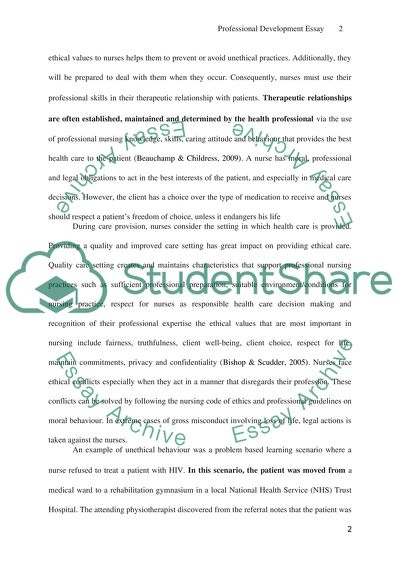Cite this document
(Providing Health Care within Therapeutic Nurse-Patient Relations Coursework, n.d.)
Providing Health Care within Therapeutic Nurse-Patient Relations Coursework. Retrieved from https://studentshare.org/nursing/1860171-professional-development-essay
Providing Health Care within Therapeutic Nurse-Patient Relations Coursework. Retrieved from https://studentshare.org/nursing/1860171-professional-development-essay
(Providing Health Care Within Therapeutic Nurse-Patient Relations Coursework)
Providing Health Care Within Therapeutic Nurse-Patient Relations Coursework. https://studentshare.org/nursing/1860171-professional-development-essay.
Providing Health Care Within Therapeutic Nurse-Patient Relations Coursework. https://studentshare.org/nursing/1860171-professional-development-essay.
“Providing Health Care Within Therapeutic Nurse-Patient Relations Coursework”. https://studentshare.org/nursing/1860171-professional-development-essay.


